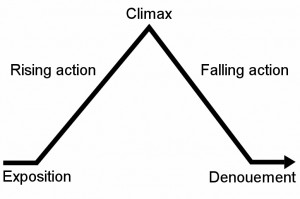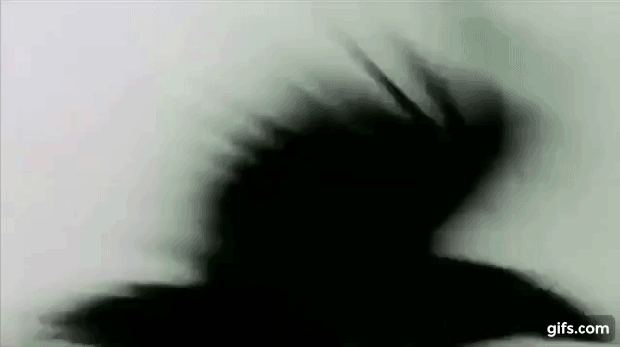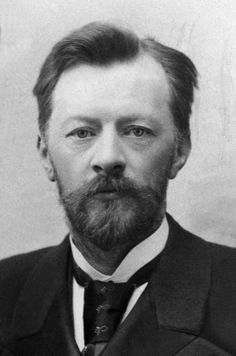What is meant by the term ‘Narrative Structure’?
Narrative structure is the term which refers to the content of a story and the form used to tell the story. Two common ways to describe these two parts of narrative structure are story and plot:
- Story refers to the raw materials of dramatic action as they might be described in chronological order
- Plot refers to how the story is told — the form of storytelling, or the structure that the story follows.

As you can see the image above outlines the implicit order that films follow. The narrative will usually begin with an exposition, where the characters and setting are introduced. Here the tone is set, and the world of film is established. Then gradually rising action builds until it reaches a climax: essentially the ‘point of no return’. After the protagonist is forced to make a drastic decision there is a fall in action until we reach the denouement/resolution. These two go hand-in-hand as both refer to the ‘untying’ of the ‘knot’; ultimately how the narrative climax is resolved.
How is Narrative Structure used in Short Film?
Every film follows the set pattern of a Narrative structure. The film will commonly feature the protagonist, who is usually a hero. Occasionally there may be an anti-hero with questionable moral attributes, as seen in The Godfather. For instance, the male protagonist Vito Corleone oversees a business founded on gambling, bootlegging, and union corruption; but he is known as a generous man who lives by a strict moral code of loyalty to friends and above all family.

Vito Corleone
Additionally, narrative structures in short films are similar to that of poems: they tend to have ‘open-endings’. I believe the purpose of such endings is to make the viewers think long and hard. Usually directors resolve the narrative climax through the denouement- the ‘untying’ of the knot, but other directors such as the likes of Alfred Hitchcock prefer to have ambiguous endings. This was notable in his award-winning film ‘The Birds’.

Extract from ‘The Birds’ [Dir: Alfred Hitchcock, 1963]
Following the final attack of the birds, the Brenners escape the house – a key scene with the principals that remained to be shot. At this stage Hitchcock was pondering the film’s ending. Should the birds keep up their attack? Why were the birds attacking?
Hitchcock was aware that his mass audience would want some answer, and he hated tidy answers. So it was during the last days of principal photography that Hitchcock decided to excise the controversial ending. The ending was also a technical accomplishment for Hitchcock ,weaving the actors together seamlessly with a horde of live, dummy, and optical-illusion birds, against a background of Albert Whitlock’s finest matte paintings. Till today Alfred Hitchcock confesses it was “the most difficult single shot I’ve ever done”.
How do characters function in a narrative?
Numerous literary critics have proposed their own theories as a means of providing a definite answer to the worded question above. However the two major critics I will focus on ,in relation to the functions of characters in a narrative, are Claude Levi Strauss & Vladimir Propp.

Claude Levi Strauss was a social anthropologist who originated from France in the 1900’s. He studied myths of tribal cultures and examined how stories unconsciously reflect values, beliefs and myths of a culture. With this thought Strauss derived his theory of Binary Oppositions. Today his theory has been adapted by media theorists to reveal underlying themes and symbolic oppositions in media texts.
Examples of such ‘Binary Opposites’ are notable in classic Western films; in which conflict lies between ‘Homesteaders’ and ‘Native Americans’:
Homesteaders-
- Domestic
- Christians
- Agricultural
- Part of formulated society
- Weak
Native Americans-
- Uncultured
- Pagans
- Wild
- Outsiders
- Strong

Vladimir Propp
Vladimir Propp was a literary critic and scholar who founded the idea that no matter how many tales you read, they all share the same character types- only details were different. His discovery that certain character types were to be used in every narrative structure, came through his means of analyzing German Folk-Tales. Today, Propp’s theory has influenced many filmmakers to adopt this style of production: aiding them in writing and producing successful narratives.
What were the character types founded by Propp?
Propp founded 8 character types were used in each narrative structure. These characters are:
- The Hero
- The Villain
- The Helper
- The Dispatcher
- The Donor
- The False Hero
- The Princess
- The Princess’ Father
Below I have inserted several screenshots, which showcase my prezi presentation based on Propp’s Character Theory. Each screenshot focuses on each character and as seen I have also applied Propp’s theory to the animated film Shrek.












